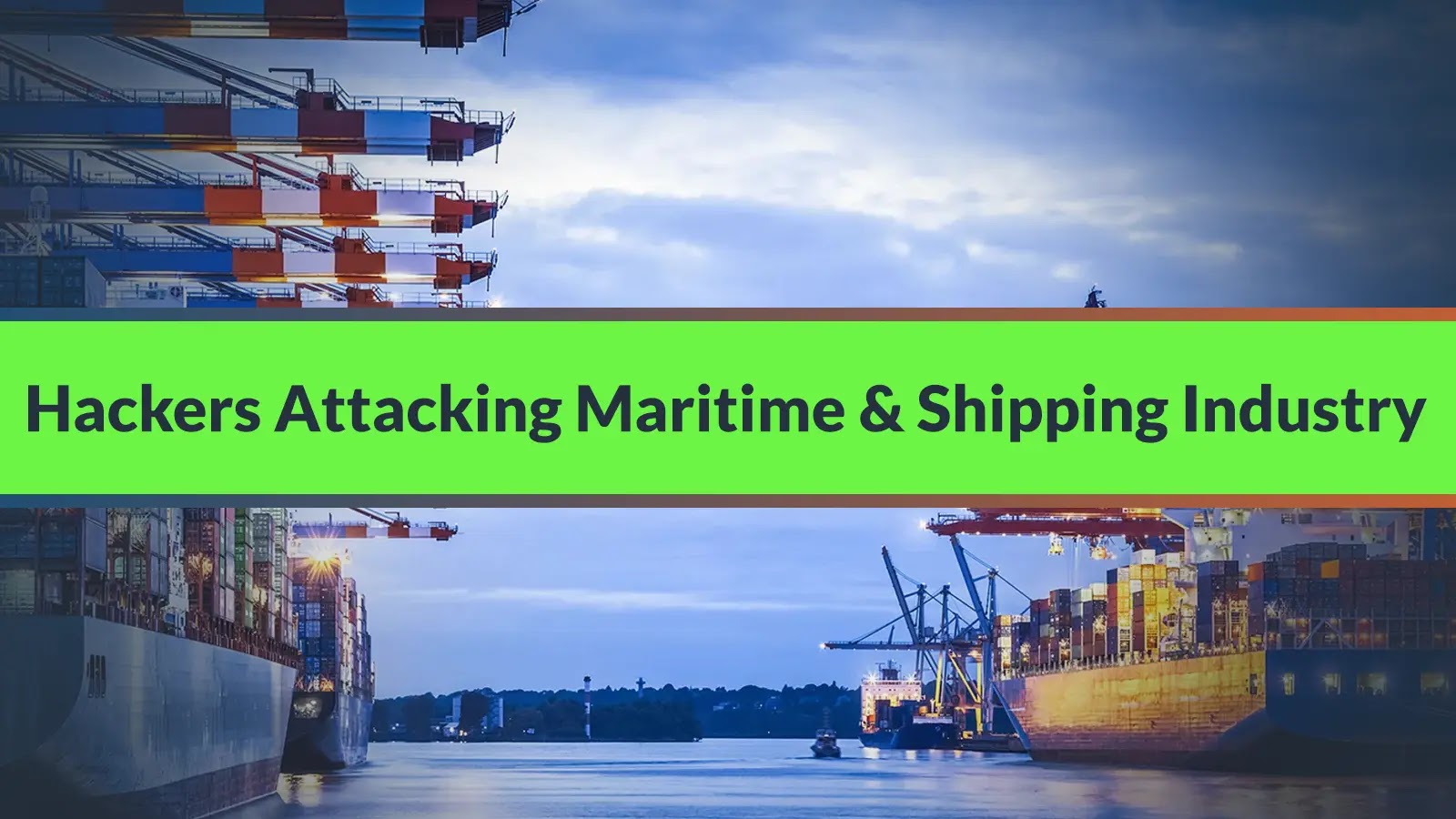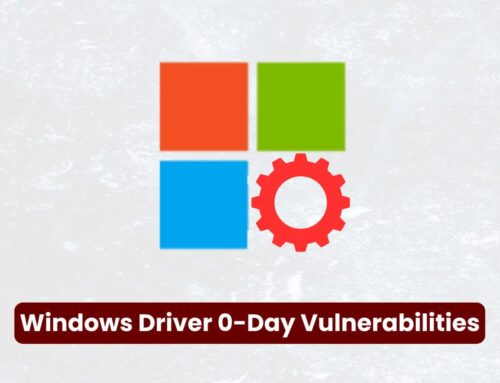
APT Hackers Attacking Maritime and Shipping Industry to Launch Ransomware Attacks
Navigating Treacherous Waters: APT Ransomware Strikes the Maritime Industry
The global maritime industry, the silent engine behind approximately 90% of international trade, is increasingly caught in the crosshairs of sophisticated cyberattacks. Advanced Persistent Threat (APT) groups, once primarily focused on espionage or critical infrastructure disruption, are now weaponizing ransomware campaigns against shipping and port organizations. This alarming trend signifies a critical paradigm shift, where geopolitical motives and lucrative financial gains converge to target the very arteries of global commerce.
As cybersecuritynews.com recently highlighted, the integration of state-sponsored actors alongside financially motivated cybercriminals has transformed the maritime sector into a prime battleground. Operational technology (OT) vulnerabilities, coupled with the intricate supply chains inherent to shipping, present fertile ground for threat actors seeking high-impact disruptions and substantial ransoms.
The Evolution of Threats: APTs and Ransomware Convergence
Traditionally, APT groups were associated with nation-state objectives, aiming for long-term infiltration and data exfiltration without immediate financial gain. Ransomware, conversely, has historically been the tool of financially driven cybercriminals. However, an unsettling convergence is now evident, particularly within high-value sectors like maritime. APT groups are adopting ransomware as an additional tactic to achieve strategic objectives, whether that’s to fund further operations, destabilize economies, or simply create chaos as a geopolitical leverage.
The maritime industry’s reliance on interconnected systems – from port management and vessel navigation to logistics and customs clearance – creates a sprawling attack surface. A successful ransomware attack can cripple operations, leading to cargo delays, port closures, and significant economic repercussions far beyond the immediate victim.
Strategic Motivations Behind Maritime Cyberattacks
Several factors contribute to the maritime industry’s appeal for APT groups deploying ransomware:
- Economic Impact: Disrupting maritime trade has a cascading effect on global supply chains, impacting industries from manufacturing to retail. This offers significant leverage for financially motivated groups and profound economic disruption for state-sponsored actors.
- Geopolitical Leverage: For nation-state APTs, crippling a rival’s shipping capabilities or disrupting key trade routes can serve as a powerful geopolitical tool, without necessarily resorting to conventional military action.
- Operational Vulnerabilities: Many legacy systems within maritime OT environments were not built with modern cybersecurity principles in mind. This creates exploitable weaknesses, often compounded by a lack of consistent patching or robust network segmentation.
- Complex Supply Chains: The interconnectedness of shipping companies, port authorities, logistics providers, and regulatory bodies means an attack on one entity can rapidly propagate through the entire ecosystem, amplifying the impact of a ransomware demand.
Common Attack Vectors and Tactics
APT groups employ a variety of sophisticated techniques to infiltrate maritime networks and deploy ransomware. These often include:
- Phishing and Spear-Phishing: Highly targeted emails designed to trick employees into divulging credentials or executing malicious attachments, often leveraging social engineering specific to the industry.
- Supply Chain Attacks: Exploiting vulnerabilities in third-party vendors or software used by maritime organizations. The compromise of a single supplier can grant access to numerous downstream targets. No specific CVEs were mentioned in the source material related to this industry, but a common vulnerability type for supply chain compromise is CVE-2023-38831, which relates to a WinRAR vulnerability often exploited for initial access.
- Exploitation of Public-Facing Services: Targeting unpatched or misconfigured internet-facing applications and services, such as remote desktop protocols (RDP) or VPNs. For example, unpatched Fortinet VPN vulnerabilities like CVE-2023-27997 have been exploited by various threat actors.
- Brute-Force Attacks: Attempting to guess weak or default credentials for remote access services.
- Insider Threats: While less common for initial access, disgruntled employees or those susceptible to social engineering can be leveraged for post-exploitation activities or to facilitate ransomware deployment.
Remediation Actions for the Maritime Industry
Protecting the maritime sector from sophisticated APT and ransomware attacks requires a multi-layered, proactive defense strategy:
- Strengthen Endpoint Security: Deploy advanced Endpoint Detection and Response (EDR) solutions across all IT and, where possible, OT endpoints to detect and respond to suspicious activities in real-time.
- Implement Robust Access Controls: Enforce the principle of least privilege, employ Multi-Factor Authentication (MFA) for all remote access and critical systems, and regularly review user accounts and permissions.
- Segment Networks: Isolate critical operational technology (OT) networks from IT networks. Further segment IT networks to contain the lateral movement of attackers in the event of a breach.
- Regular Patch Management: Establish and adhere to a strict patching schedule for all software, operating systems, and network devices, prioritizing critical security updates.
- Employee Awareness Training: Conduct continuous cybersecurity training, focusing on phishing recognition, social engineering tactics, and the importance of reporting suspicious activities.
- Incident Response Planning: Develop and regularly test a comprehensive incident response plan specifically for ransomware attacks, including communication protocols, data recovery strategies, and forensic analysis procedures.
- Data Backup and Recovery: Implement immutable, off-site, and offline backups of all critical data. Ensure recovery procedures are regularly tested to minimize downtime in a ransomware event.
- Vulnerability Management: Conduct regular vulnerability assessments and penetration testing on both IT and OT systems to identify and address weaknesses before attackers can exploit them.
Tools for Detection and Mitigation
| Tool Name | Purpose | Link |
|---|---|---|
| CrowdStrike Falcon Insight XDR | Advanced EDR and XDR for endpoint, cloud, identity, and data protection. | CrowdStrike Falcon |
| Tenable Nessus | Vulnerability scanning for comprehensive network and system assessment. | Tenable Nessus |
| Splunk Enterprise Security | SIEM platform for security monitoring, threat detection, and incident response. | Splunk ES |
| Veeam Backup & Replication | Industry-leading solution for data backup, recovery, and ransomware protection. | Veeam |
| KnowBe4 Security Awareness Training | Simulated phishing and security awareness training platform. | KnowBe4 |
Conclusion: Charting a Secure Course Ahead
The maritime industry’s journey through the digital age is fraught with increasingly sophisticated cyber threats. The convergence of APT groups and ransomware campaigns poses an unprecedented challenge, turning the high seas into a new frontier for cyber warfare. Organizations within this critical sector can no longer afford to view cybersecurity as an IT problem; it is a business imperative that directly impacts operations, profitability, and global stability. By investing in robust security measures, fostering a culture of cybersecurity awareness, and collaborating across the industry, maritime stakeholders can navigate these treacherous waters and secure the future of global trade.





